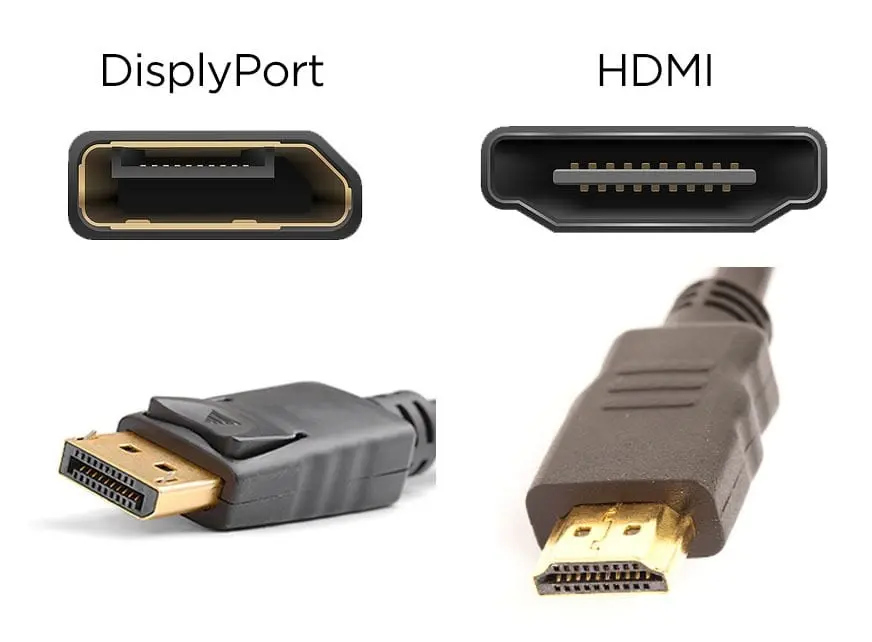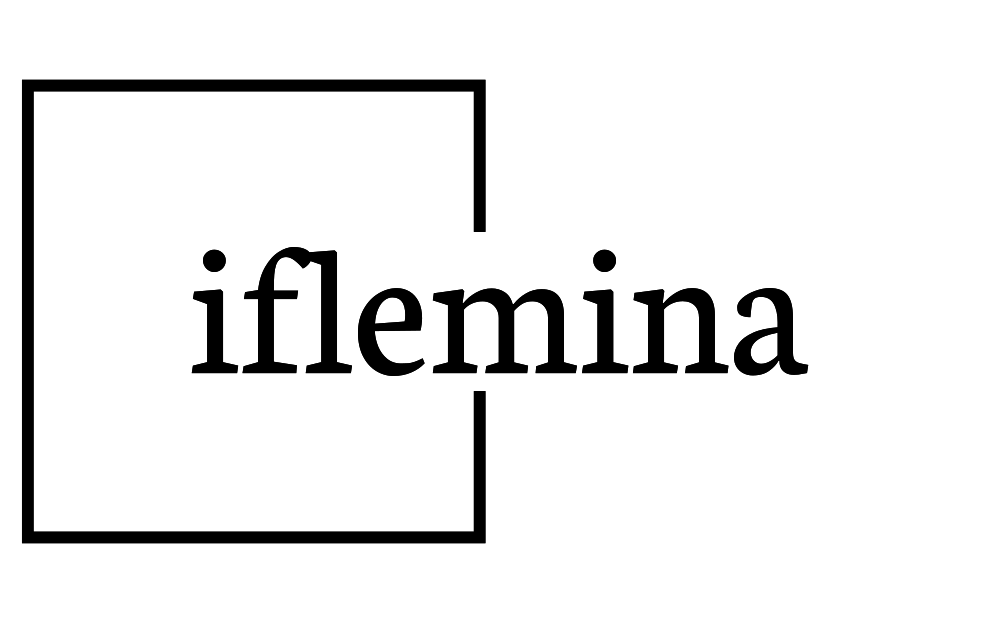
In the ever-evolving world of technology, our visual needs have shifted from simply watching a screen to demanding crisp, clear, and high-definition content. Whether we’re streaming the latest 4K movie, gaming at high frame rates, or working with intricate graphics, the connections that bridge our devices play an integral role in ensuring that the visual experience is impeccable. In this article, we’ll explore HDMI and DisplayPorts in depth and discuss the benefits and uses of the HDLink-60h.
HDMI: The Household Name
HDMI (High-Definition Multimedia Interface) is arguably the most recognized connection standard in today’s tech-savvy homes and offices. Launched in 2003, HDMI was designed to simplify audio-visual connections by merging audio and video into one cable.
Pros of HDMI:
- Universal Compatibility: From TVs and gaming consoles to laptops and projectors, HDMI ports are ubiquitous in modern electronic devices.
- Audio and Video: Carries both high-definition video and multi-channel audio.
- CEC Feature: Consumer Electronics Control (CEC) lets you control multiple HDMI devices with one remote.
- Support for Multiple Resolutions: HDMI supports everything from standard definition to 4K and even 8K resolutions.
However, HDMI isn’t without its limitations, especially as we demand higher data bandwidths and more features. That’s where DisplayPort steps in.
DisplayPort: The Professional’s Choice
Introduced by the VESA group in 2006, DisplayPort (DP) was designed to surpass HDMI in terms of performance and versatility, especially for the PC and professional displays market.
Pros of DisplayPort:
- Higher Bandwidth: DisplayPort 2.0, for instance, can support resolutions up to 16K.
- Daisy Chaining: Allows multiple monitors to be connected in a chain from a single connection.
- Adaptive Sync: Supports technologies like NVIDIA’s G-SYNC and AMD’s FreeSync, which improve gaming experiences by reducing tearing and stuttering.
- Versatility: The smaller alternative, the Mini DisplayPort, offers the same benefits in a compact form.
While both HDMI and DisplayPort have their strengths and uses, there are also hybrid solutions like the HDLink-60h that aim to offer the best of both worlds.
HDLink-60h: Bridging the Gap
The HDLink-60h is a next-generation connector that encapsulates the strengths of both HDMI and DisplayPort connections, designed to offer seamless integration between devices.
Benefits and Uses:
- Versatility: It allows devices with different connection standards to communicate effortlessly.
- High Bandwidth: Like DisplayPort, it can handle large amounts of data, ensuring smooth 4K and 8K video playback.
- Extended Reach: With the ability to transmit HD signals over longer distances without loss of quality.
- Integrated Audio-Visual: Like HDMI, it offers integrated audio-visual transmission.
- Backward Compatibility: Ensures that even older devices aren’t left out of the high-definition revolution.
- Enhanced Security: Incorporates advanced encryption methods for secure data transmission.
In the rapidly advancing digital age, connection standards like HDMI and DisplayPort are critical. But as technology progresses and the need for hybrid solutions grows, innovations like the HDLink-60h are paving the way for a more connected, high-definition future.
Note: The HDLink-60h, as mentioned in this article, is fictional and used for illustrative purposes. Always refer to manufacturers’ official resources and documentation for accurate product information.
